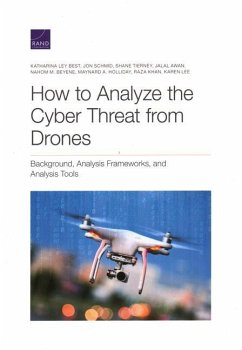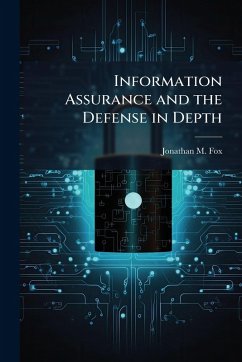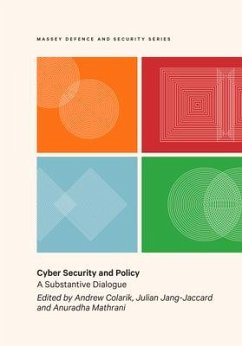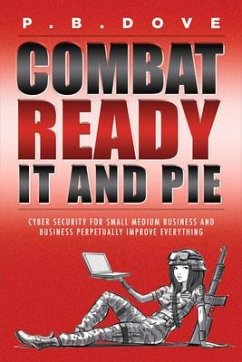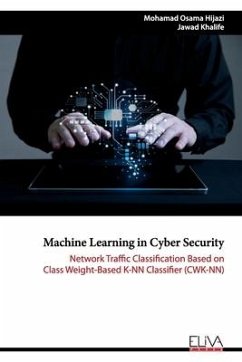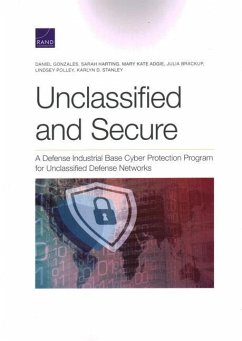
Cyber Capabilities for Global Strike in 2035
Versandkostenfrei!
Versandfertig in über 4 Wochen
14,99 €
inkl. MwSt.
Weitere Ausgaben:

PAYBACK Punkte
7 °P sammeln!
This paper examines global strike, a core Air Force capacity to quickly and precisely attack any target anywhere, anytime, from a cyber perspective. Properly used, cyberspace capabilities can significantly enhance Air Force (AF) capabilities to provide the nation the capacity to influence the strategic behavior of existing and potential adversaries. This paper argues that the AF must improve both the quantity and quality of its cyberspace operations force, by treating cyber warfare capabilities in the same manner as it treats its other weapon systems. It argues that despite preconceptions of f...
This paper examines global strike, a core Air Force capacity to quickly and precisely attack any target anywhere, anytime, from a cyber perspective. Properly used, cyberspace capabilities can significantly enhance Air Force (AF) capabilities to provide the nation the capacity to influence the strategic behavior of existing and potential adversaries. This paper argues that the AF must improve both the quantity and quality of its cyberspace operations force, by treating cyber warfare capabilities in the same manner as it treats its other weapon systems. It argues that despite preconceptions of future automation capabilities, that cyberspace will be a highly dynamic and fluid environment characterized by interactions with a thinking adversary. As such, while automation is required, cyber warfare will be much more manpower intensive than is currently understood, and will require a force that is very highly trained. The rapid evolution of this man-made domain will also demand a robust developmental science and research investment in constantly keeping cyber warfare capabilities in pace with the technologies of the environment. This paper reaches these conclusions by first providing a glimpse into the world of cyberspace in 2035. The paper then assesses how cyber warfare mechanisms could disrupt, disable, or destroy potential adversary targets. It describes how these capabilities might work in two alternate scenarios, and then describes the steps the AF needs to take in the future to be confident in its ability to fly, fight, and win in cyberspace. This work has been selected by scholars as being culturally important, and is part of the knowledge base of civilization as we know it. This work was reproduced from the original artifact, and remains as true to the original work as possible. Therefore, you will see the original copyright references, library stamps (as most of these works have been housed in our most important libraries around the world), and other notations in the work. This work is in the public domain in the United States of America, and possibly other nations. Within the United States, you may freely copy and distribute this work, as no entity (individual or corporate) has a copyright on the body of the work. As a reproduction of a historical artifact, this work may contain missing or blurred pages, poor pictures, errant marks, etc. Scholars believe, and we concur, that this work is important enough to be preserved, reproduced, and made generally available to the public. We appreciate your support of the preservation process, and thank you for being an important part of keeping this knowledge alive and relevant.




